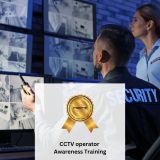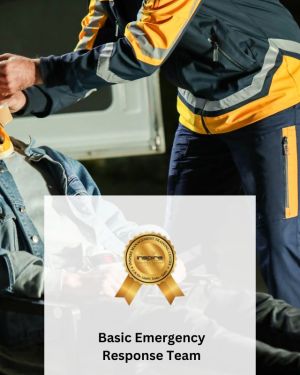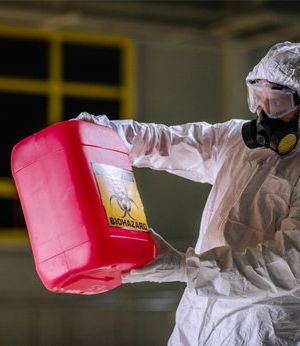Course Outline:
1. Introduction to Emergency Evacuation Procedures
o Understanding the importance of emergency evacuation procedures
o Legal requirements and standards
2. Risk Assessment and Planning
o Identifying potential hazards and risks in evacuation scenarios
o Developing evacuation plans for different environments (office buildings, industrial settings, public spaces)
3. Evacuation Equipment and Tools
o Overview of different types of evacuation equipment (evacuation chairs,
stretchers, harnesses, etc.)
o Proper use and maintenance of evacuation tools
4. Communication and Coordination
o Establishing effective communication channels during emergencies
o Coordination with emergency services and stakeholders
5. Practical Evacuation Techniques
o Hands-on practice in conducting evacuations in simulated scenarios
o Techniques for assisting individuals with mobility impairments or other special needs
6. Team Roles and Responsibilities
o Assigning roles within an evacuation team
o Leadership and decision-making during emergencies
7. Case Studies and Review
o Review of real-life emergency situations and lessons learned
o Group discussion on best practices and improvements
8. Evaluation and Assessment
o Conducting post-evacuation evaluations
o Continuous improvement strategies
9. Q&A Session
o Addressing participant questions and concerns
o Clarification of key concepts and techniques
Conclusion:
• Summary of key takeaways
• Importance of ongoing training and preparedness
Additional Resources:
• Handouts and reference materials
• Online resources for further learning








